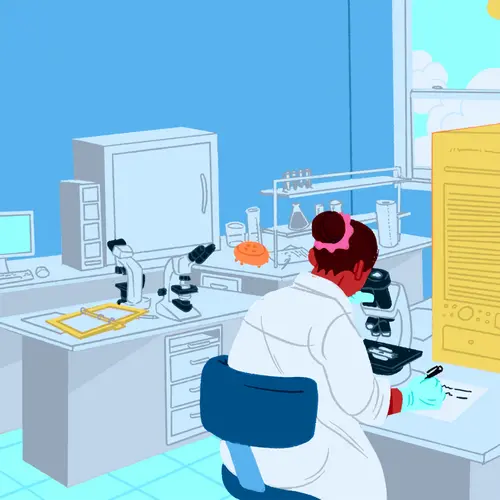You may know radiation therapy as one type of treatment for cancer. But it’s also a way to relieve some of the pain the disease can cause. This is called “palliative” radiation therapy. Your doctor might recommend it to ease any pain from skin lesions, tumors, or cancer that has spread to your bones.
How It Works
When tumors grow large enough, they can start to press on nearby nerves, bones, and organs, which hurts. They can also cause pain when they grow into or destroy tissues around them.
Radiation works by killing cancer cells, which makes tumors smaller. That can ease painful pressure on body parts in the area. Once radiation shrinks tumors enough, it can make other treatments, like surgery, more successful.
If you have pain in your bones, radiation can help you move around easier.
How You Get It
You can get radiation from outside your body, called external radiation therapy, or through drugs that have radioactive chemicals in them.
If your first round of radiation therapy doesn’t give you enough relief, you might get a second round. If the first round works but the pain comes back later, you might try it again then.
External radiation therapy. This type uses a machine to aim X-ray beams or other kinds of radiation at cancer in your bones. You might get it in one big dose or split up into a few doses.
During your treatment, you’ll lie on a special table. You’ll have to stay in the same position without moving while you’re getting treatment, but your cancer team can have special props made to help you stay still. You won’t be able to feel the radiation itself.
External radiation takes a few weeks to work, but 7 out of 10 people say they had at least half as much pain after the treatment. For some people, it gets rid of the pain completely.
Drug treatment. If your cancer has spread to a few areas of bone or there are too many spots to treat with external radiation, your doctor might want to try treatment with drugs that have radioactive material inside them. Your doctor will give you a shot of the treatment right into your vein through a tube (an IV). It will travel through your body and build up in the parts of your bone where there is cancer.
For some people who get drug treatment, the pain gets worse for a few days right afterward, but that’s rare. Usually it takes between 1 and 4 weeks to work, and the relief you get from it can last up to 18 months.

